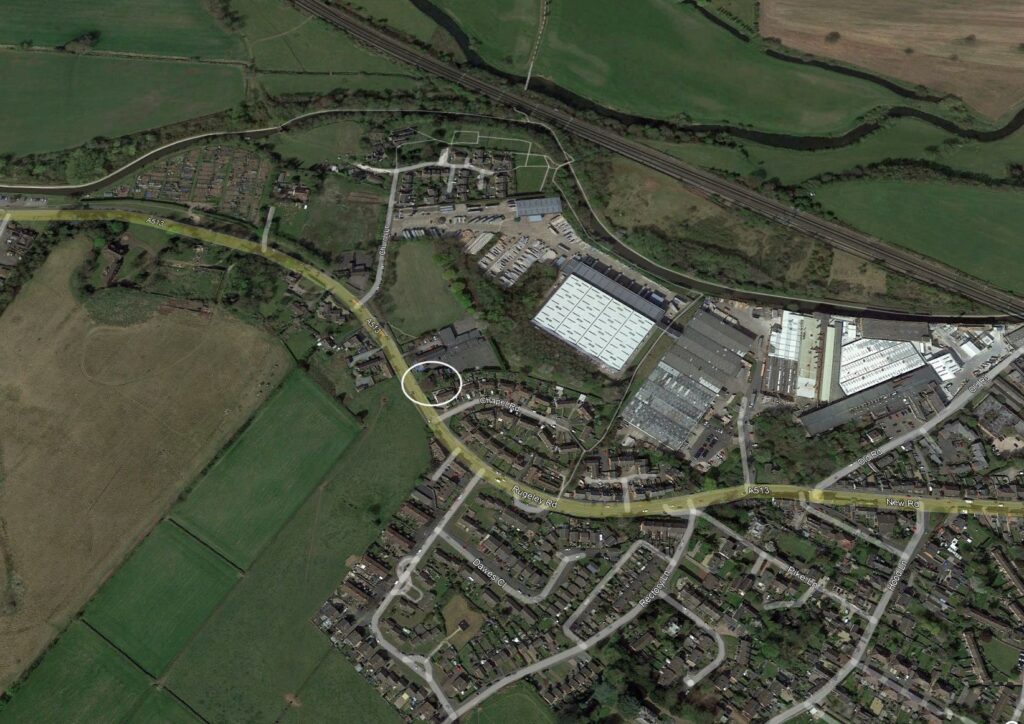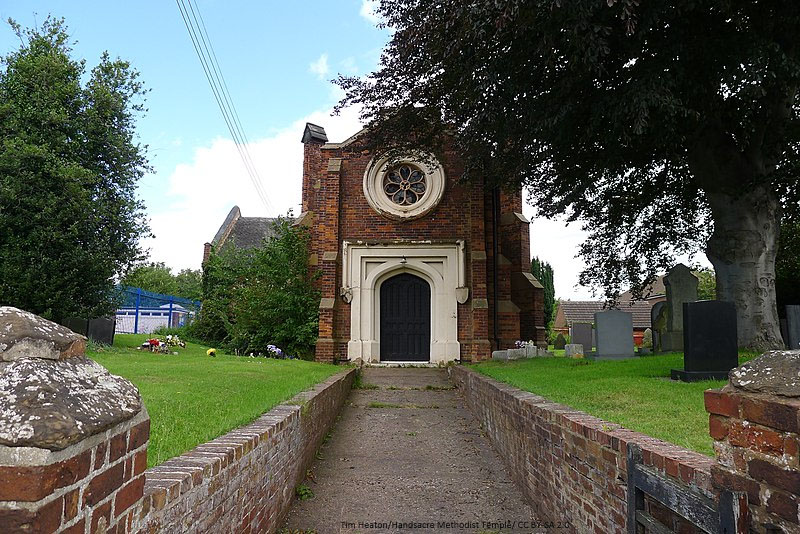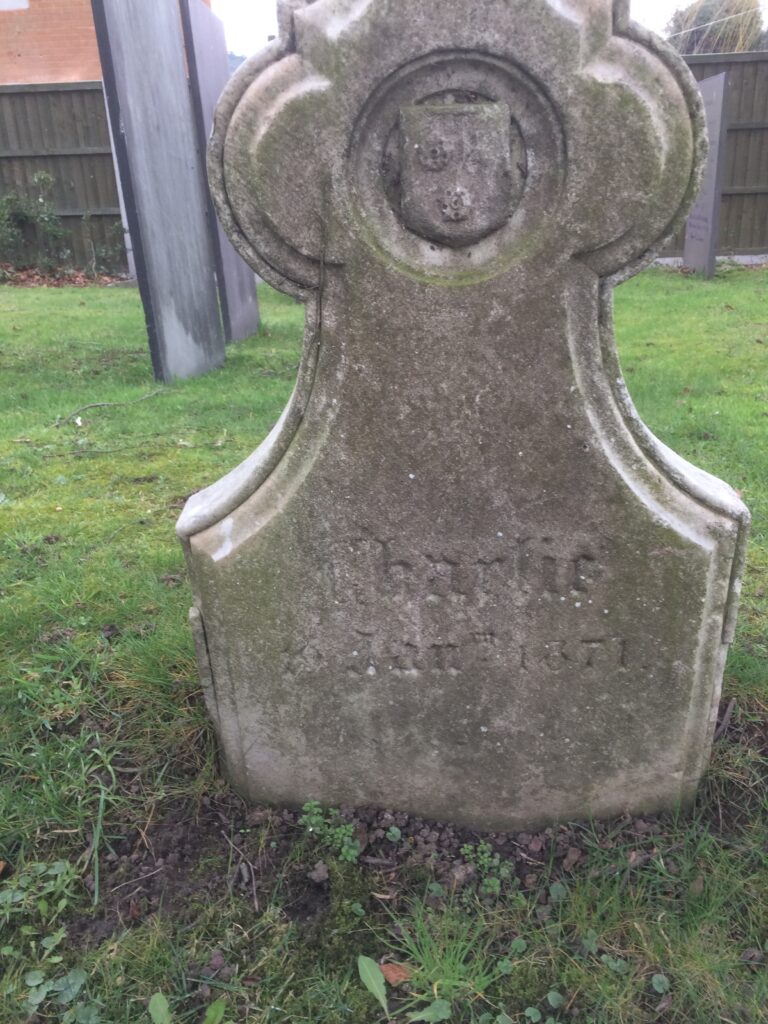
In 1811 Thomas Bond’s house was registered as a place of worship for the Independent Protestants who later became known as Congregationalists. It wasn’t until the early 1820s that Thomas Birch had this chapel built on land that he owned, largely for his own use.

Apart from the body of the chapel it has a north aisle, a vestry on the east side and a porch on the west entrance. Above the entrance is a seven-segment wheel window. In the northeast corner was an ante-room where the Birch family gathered before the service – this was enlarged in the latter part of the 19th C to provide a schoolroom. Over the seating area is a gallery which was apparently used by the family servants.

In 1825 Thomas Birch enlarged the grounds and in 1831 he conveyed the chapel to trustees to be used as a place of public worship, and the chapel yard as a burial ground. He reserved the right for himself and his heirs to be buried in a family vault placed under the northern part of the chapel. On the wall of the schoolroom two marble tablets were placed:-
In a vault underneath this Chapel are deposited the remains of THOMAS BIRCH of ARMITAGE LODGE in this parish. Eldest son of the late Andrew and Mary Birch of Brereton, near Rugeley. He departed this life on the 10th day of January 1837, in the 63rd year of his age.
This tablet is erected in affectionate remembrance of MARY, relict of Thomas Birch of Armitage Lodge in this parish. She departed this life on the 3rd day of October, 1842 in the 57th year of her age. And her remains are placed in the vault beneath this spot beside those of her husband.
The picture above shows the sloped entrance up to the chapel and gravestones can be seen facing the chapel. Edward Johns, owner of Armitage pottery in the latter part of the 19th C was, before becoming an auctioneer and later pottery owner, was a roving Congregational Minister. He was a big supporter of the chapel and is buried in the graveyard, with his gravestone facing the chapel. Not too far away is another gravestone which faces the path – that of Edward Johns’ dog, Charlie.

